Nettle poultice for rheumatism
Preparation time3 min
Waiting time5 min
Ready in8 min
Poultice with nettle (and cabbage leaf) for rheumatism soothes joint pain almost instantly!
Nettle poultice, a powerful anti-inflammatory, soothes joint pain (rheumatism) almost instantly, soothes arthritis pain, mineralizes the joint, restores mobility and removes fluid from the joint, without infiltrations or drugs.
Servings: 1 servings
Quantities for a poultice, on a single area!
Ingredients
Estimated cost: 0.1 €
Materials
- - containers for boiling water;
- - vas;
- - spoon;
- - freezer for cooling nettle in case of cold poultices);
Preparation
 If we have fresh nettle, we rinse it under running water and then cut / chop it into large pieces.
If we have fresh nettle, we rinse it under running water and then cut / chop it into large pieces.
If we have nettle pulp from the nettle juice, we can use it as such or if it is from the freezer we take it out to heat it.
Nettles (fresh or pulp) are placed in a temporary container.
In my case I used nettle pulp after I made nettle juice.- Boil a little water and pour it over the nettles, turn 2-3 times with a spoon to soften them a little and then immediately squeeze the excess water (‼ this step is optional if we use pulp nettle for cold poultices).
⚠ It can be applied both warm and slightly cooled depending on the type of pain. For example, if the painful area is a reddish inflammation, with a feeling of heat, then we use cold poultices, otherwise warm ...
→ If we need cold poultice and we used fresh nettle, soaked in hot water, then, after squeezing it, we put it in the freezer for a few minutes.
If we use nettle pulp and it is already in the freezer, we just let it cool down a bit, and if the pulp is barely squeezed, we put it in the freezer for a while.
→ For warm poultices, whether using fresh nettle or pulp, add a little hot water, and then squeeze the excess water.
In my case, I used the slightly chilled nettle pulp in the freezer.  Chopped nettle or nettle pulp (soaked / heated or cooled) put on a gauze or cabbage leaf, or even a paper towel if we don't have anything else at hand. It would be good for nettle to form a layer of 2-3 cm.
Chopped nettle or nettle pulp (soaked / heated or cooled) put on a gauze or cabbage leaf, or even a paper towel if we don't have anything else at hand. It would be good for nettle to form a layer of 2-3 cm.
In my case, I applied the slightly cooled nettle pulp to a cabbage leaf. We apply the poultice on the painful place and try to fix it somehow, so that it doesn't fit.
We apply the poultice on the painful place and try to fix it somehow, so that it doesn't fit.
We can use a elastic bandage / bandage for better application.
⚠ The area on which we will apply the poultice must be washed, perfectly clean, otherwise there may be a risk of irritation.
In my case, the painful place is the wrist. Let the poultice work for 2 to 4 hours.
Let the poultice work for 2 to 4 hours.
At the end, wash the area and we can apply a moisturizer.
Between poultices, breaks of 1-2 hours are recommended to breathe the area and to restore the skin.
Administration
The optimal time to apply the poultices is 2 - 4 hours, after which the ingredients are replaced with fresh / fresh ones.
⚠ Be careful, if on the applied area, you feel more and more intense itching of the skin, it means that something is not right for you and that there is a risk of irritation. Irritations can also occur from the elastic band if it is not sterile or from the foil that touches the skin.
Leave breaks between applying poultices for at least 1-2 hours to breathe and restore skin tissue. Also, after applying the poultice, it is recommended to wash the area and apply a moisturizer!
⚠ Be careful, if on the applied area, you feel more and more intense itching of the skin, it means that something is not right for you and that there is a risk of irritation. Irritations can also occur from the elastic band if it is not sterile or from the foil that touches the skin.
Leave breaks between applying poultices for at least 1-2 hours to breathe and restore skin tissue. Also, after applying the poultice, it is recommended to wash the area and apply a moisturizer!
Observations
⚠ If the area on which you will apply the poultice is inflamed, red and you feel that it is burning, then cold poultices are preferred, otherwise warm poultices!
→ For cold poultices, we will practically cool the nettle (chopped or pulp), put it in the freezer for a few minutes!
→ For warm poultices, the nettle is heated, automatically in step 2, when I poured hot water.
⚠ Poultices on the vital organs and on the spine, are always put warm!
⚠ Poultices on the joints are placed as follows: on the joints with cold sensation are placed warm poultices, and on those with warm sensation (hot), put cold poultices.
⚠ If we refer to warm poultices, be careful, they do not have to be hot!
⚠ Cabbage leaves are rich in vitamins and phytonutrients, such as anthocyanin and glutamine, both of which have properties anti-inflammatory.
⁉ Through the poultices there is a transfer, practically the "healing" elements (nettle / cabbage) are absorbed by the body, and in return, they receive toxins from the body.
Cabbage leaves are rich in vitamins and phytonutrients , such as anthocyanin and glutamine , both of which have anti-inflammatory properties.
→ For cold poultices, we will practically cool the nettle (chopped or pulp), put it in the freezer for a few minutes!
→ For warm poultices, the nettle is heated, automatically in step 2, when I poured hot water.
⚠ Poultices on the vital organs and on the spine, are always put warm!
⚠ Poultices on the joints are placed as follows: on the joints with cold sensation are placed warm poultices, and on those with warm sensation (hot), put cold poultices.
⚠ If we refer to warm poultices, be careful, they do not have to be hot!
⚠ Cabbage leaves are rich in vitamins and phytonutrients, such as anthocyanin and glutamine, both of which have properties anti-inflammatory.
⁉ Through the poultices there is a transfer, practically the "healing" elements (nettle / cabbage) are absorbed by the body, and in return, they receive toxins from the body.
Cabbage leaves are rich in vitamins and phytonutrients , such as anthocyanin and glutamine , both of which have anti-inflammatory properties.
Effects and benefits
- soothes rheumatic pains;
- soothes joint pain almost instantly;
- relieves arthritis pain;
- strong anti-inflammatory;
- mineralizes the joint;
- restores joint mobility;
- removes fluid from the joint, without infiltrations or drugs;
- pain in the knee, elbow;
Side effects
- irritations on the applied area and this if you are sensitive to the skin, if you hold the poultice too long, if you are allergic to one of the ingredients, if the bandages are not sterile or if you have not washed the painful area well before application.
Contraindications
- people with sensitive skin or allergic to cabbage or nettle.
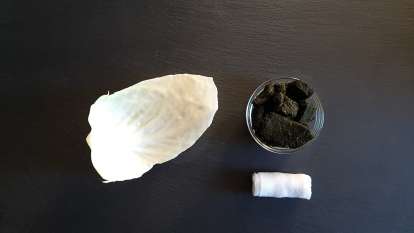
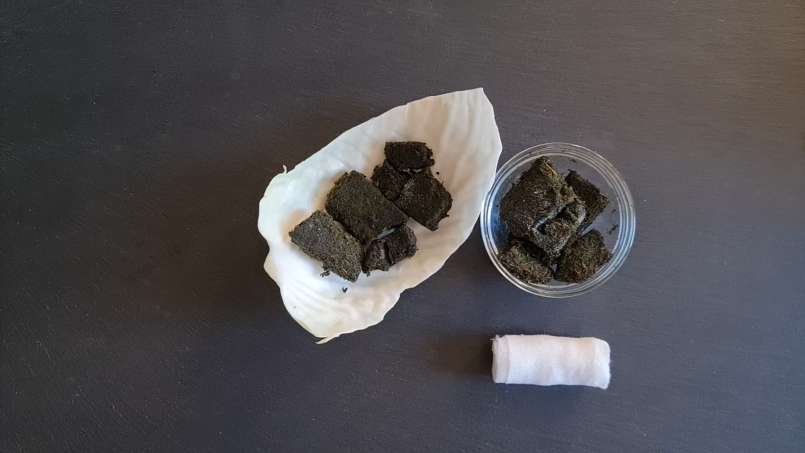
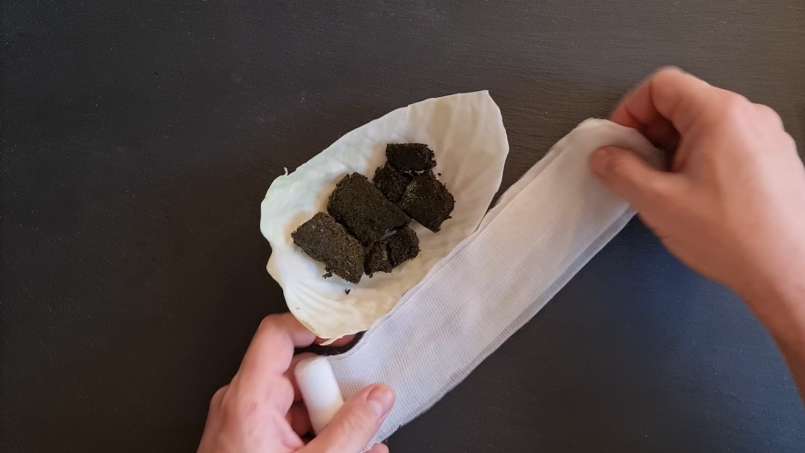
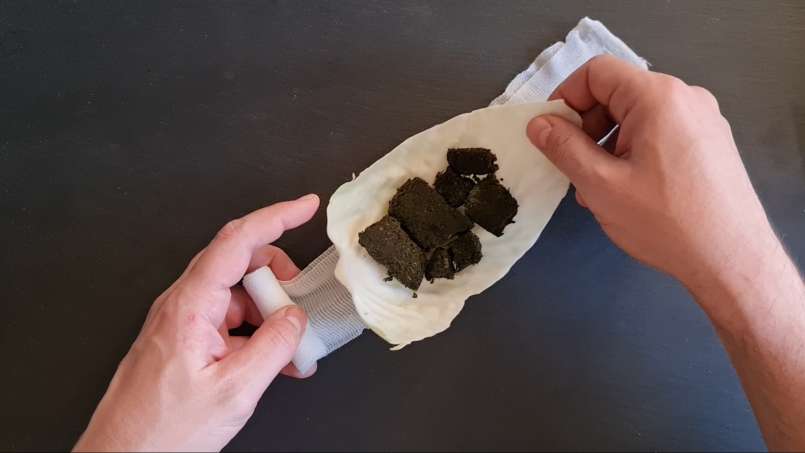
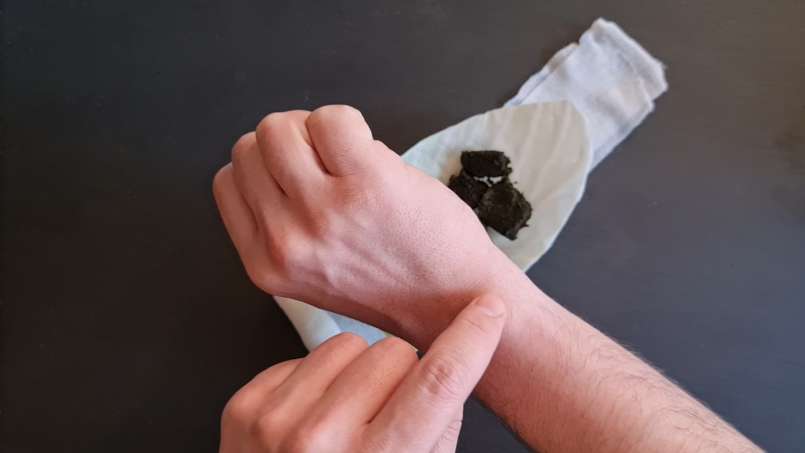
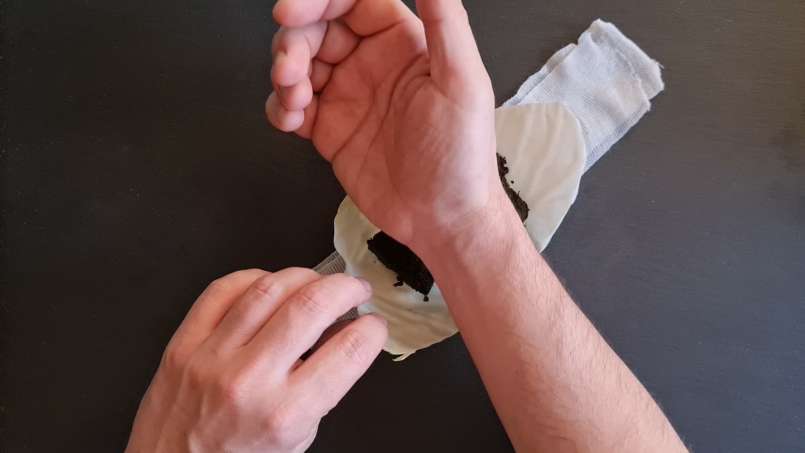
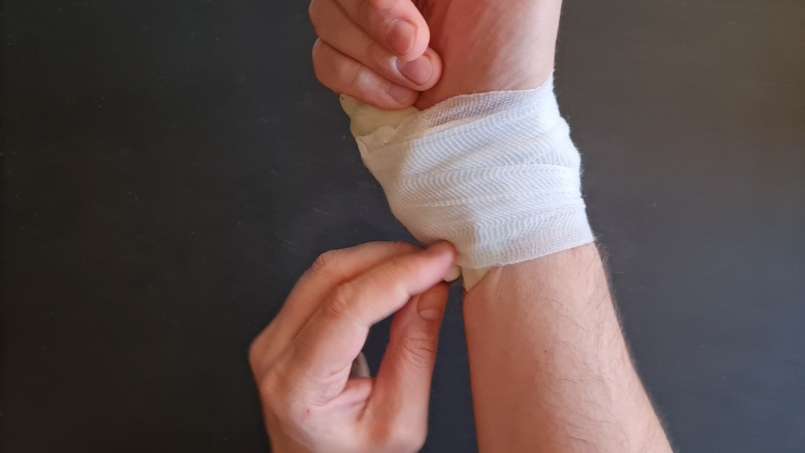
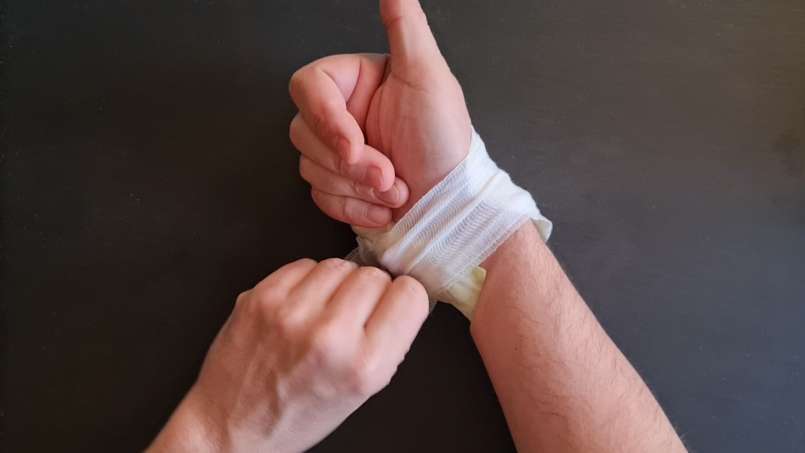
Comments